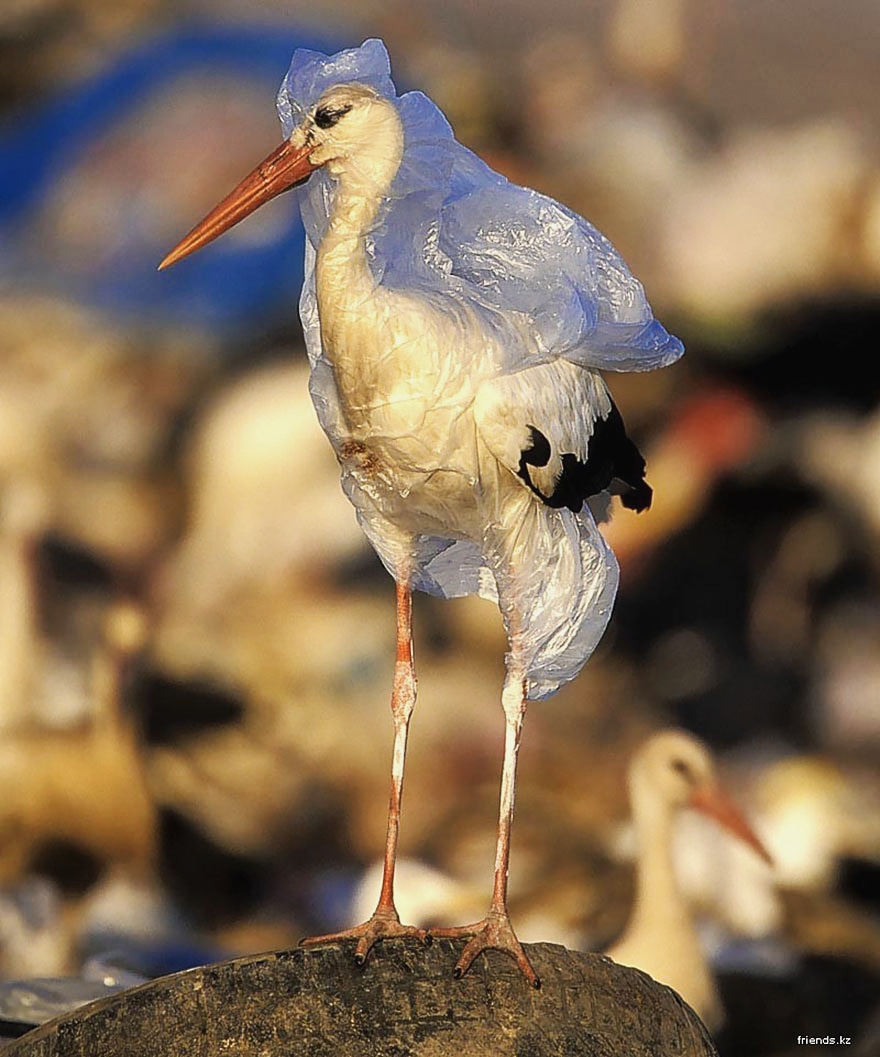
Since 2008, people all around the world come together to get rid our planet of trash, cleaning up litter and mismanaged waste from anywhere including rivers, streets, and many other public places. The movement is called World Cleanup Day and it has involved over 16 million people in 113 countries, making it the biggest positive civic action the world has seen. This campaign also harnesses the power of everyday people to achieve incredible things through collaboration and cooperation.
Now, let’s take a look to our beloved nation.
Rosa Vivien—Head of Management of Waste, Waste and Hazardous Toxic Materials—stated that the volume of domestic waste in 2018 has reached 66,6 million tons. Ironically, the government’s budget (Rp30 million) is not enough to create more landfills which cost Rp125,000 per ton of waste. Not only that, data from Sustainable Waste Indonesia also shown that 24% of Indonesia’s waste has not been managed properly. That means 15 million of waste pollutes our ecosystem and environment every day because the lack of waste management. The amount of recycled garbage is only 7% and the other 69% ends in landfills (Tempat Pembuangan Akhir/TPA). The number includes 60% organic waste, 14% plastic waste, 9% paper, 4,3% metal, glass, and woods, and 12,7% other compounds. This is very ironic because plastics can not be easily decomposed. If this condition is unsolved, our plastic waste percentage can reach above 25% by 2030. Is it something we can be proud of? Not at all. Ministry of Environment and Forestry also shown that 32,000 stores in Indonesia distribute plastic bags as many as 9,6-11,68 million sheets per day. It is impossible for these plastic bags to just fade away, don’t you think?
Now, why is this problematic?
For humans, plastic is posing serious threat to environment and consumer’s health in many direct and indirect ways. Exposure to harmful chemicals during manufacturing, leaching in the stored food items while using plastic packages or chewing of plastic teethers and toys by children are linked with severe adverse health outcomes such as cancers, birth defects, impaired immunity, endocrine disruption, developmental and reproductive effects etc. Not only that, over 260 animal species, including invertebrates, turtles, fish, seabirds and mammals, have been reported to ingest or become entangled in plastic debris, resulting in impaired movement and feeding, reduced reproductive output, lacerations, ulcers and death (Laist 1997; Derraik 2002; Gregory 2009). Ingestion is particularly problematic for species that specifically select plastic items because they mistake them for their food. Data has shown that 95% of fulmars washed ashore dead in the North Sea have plastic in their guts, with substantial quantities of plastic being reported in the guts of other birds, including albatross and prions (Gregory 2009). Another area of particular concern is the abundance of small plastic fragments or microplastics. Fragments as small as 1.6 µm have been identified in some marine habitats, and it seems likely there will be even smaller pieces below current levels of detection.
There is also a pretty scary incident related to bad waste management in Philippines. Once in 2000, an explosion in their landfills happened. Yes, it was a very big explosion that took about 200 lives. What caused the explosion? Methane gases that got “stuck” in between the garbage piles. Surprisingly, the same incident also happened in Bandung on 2005 that took 143 lives and buried 137 houses.
So, we depend on plastic. And now, we’re ‘drowning’ in it.
What are we going to do?
We agree that it’s hard to take a step back and reduce all of our plastics consumption, especially it makes our life easier in every aspect. We also agree that there are many things we should change, including the national waste management system, certain laws, infrastructure, and other waste-related services.
But, change always starts from ourselves. There is no need to wait for other people to make a campaign, or maybe wait for another World Cleanup Day next year. The easiest and simplest thing we can do is by bringing our own shopping bags (you can use goodie bags from events that you attended). If this step is hard, then perhaps we can recycle these plastic bags and use it again on our next visit. Bringing our own tumbler or drinking bottle can also be beneficial. This will prevent you from buying bottled drinks. Avoiding plastic straws can also be a solution. This is now trending in restaurants and now there are lots of environmental-friendly straws, one of which is made from bamboo. Awesome, right? We can also avoid heating food in plastic containers, or storing fatty foods in plastic containers or plastic wrap to prevent any health risk.
Remember, change starts within you, not people around you. Set the trend. And let’s win the war on plastics together! Happy World Cleanup Day!
Sources
- Tondang Y. Sampai kapan mau membuang sampah plastik sembarangan? Accessed from https://www.rappler.com/indonesia/berita/204172-sampai-kapan-membuang-sampah-plastik-sembarangan [cited at 14 September 2018]
- Malia I. Volume Sampah 2018 Diprediksi Mencapai 66,5 Juta Ton! Accessed from https://www.idntimes.com/news/indonesia/indianamalia/volume-sampah-2018-diprediksi-mencapai-665-juta-ton-1/full [cited at 14 September 2018]
- CNN. Riset: 24 Persen Sampah di Indonesia Masih Tak Terkelola. Accessed from https://www.cnnindonesia.com/gaya-hidup/20180425101643-282-293362/riset-24-persen-sampah-di-indonesia-masih-tak-terkelola [cited at 14 September 2018]
- Thompson RC, Moore CJ, vom Saal FS, Swan SH. Plastics, the environment and human health: current consensus and future trends. Philos Trans R Soc Lond B Biol Sci. 2009 Jul 27; 364(1526): 2153–2166.
- Rustagi N, Pradhan SK, Singh R. Public health impact of plastics: An overview. Indian J Occup Environ Med. 2011 Sep-Dec; 15(3): 100–103.
